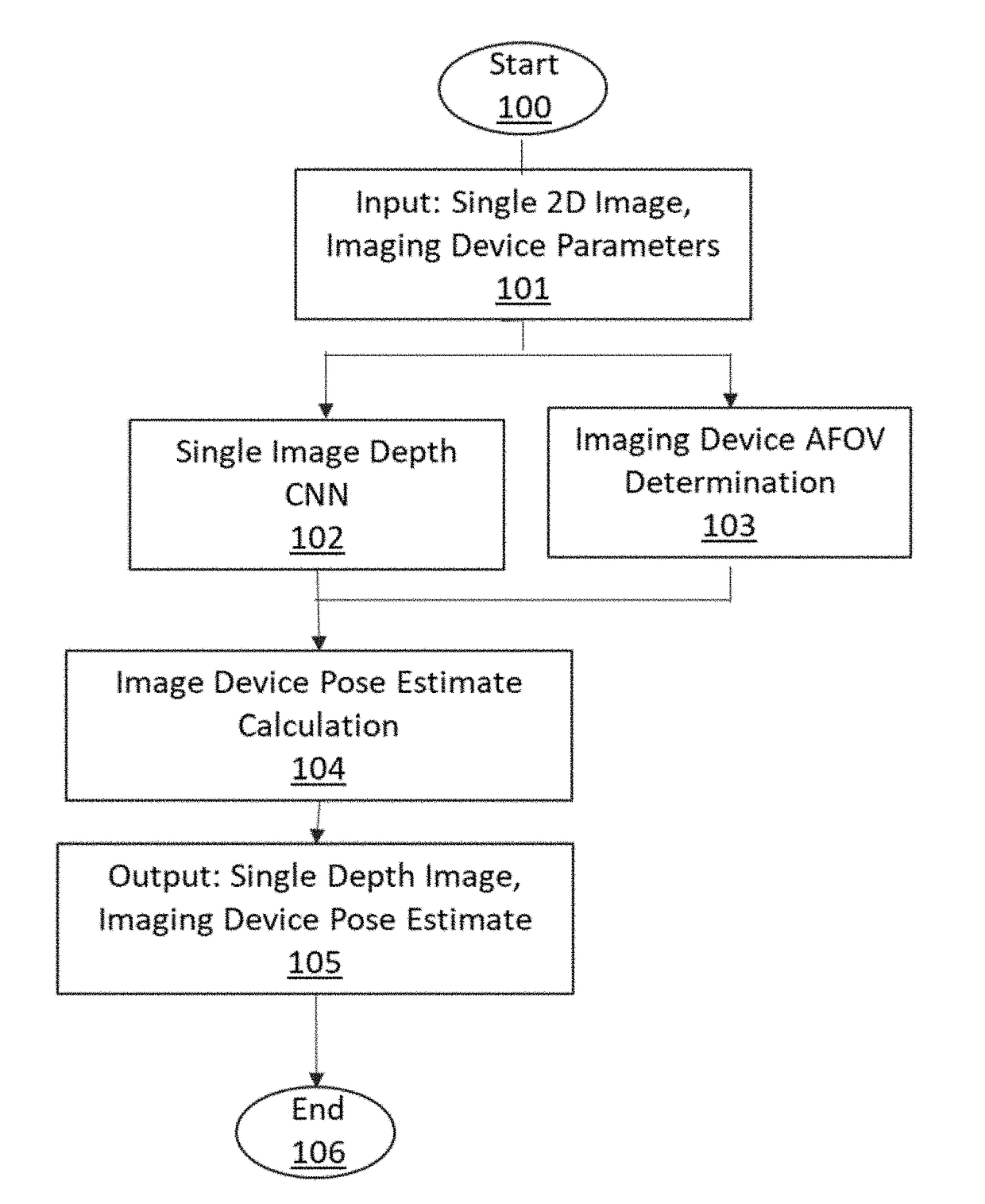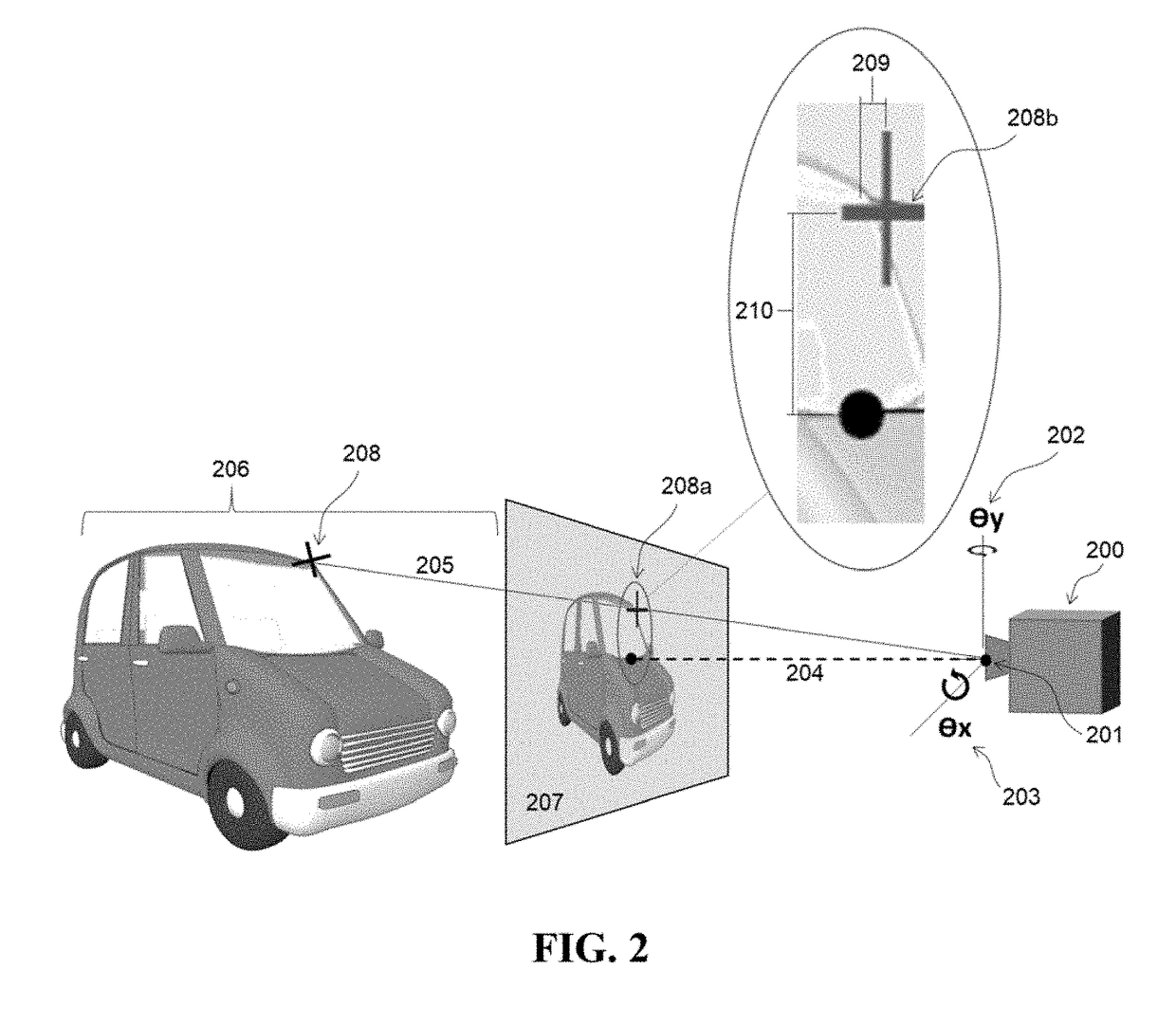Machine learning based model localization system
- Summary
- Abstract
- Description
- Claims
- Application Information
AI Technical Summary
Benefits of technology
Problems solved by technology
Method used
Image
Examples
Embodiment Construction
[0028]A method and exemplary implementation system for generating an accurate 3D pose estimate of a source image sensor relative to 3D objects in an observed scene, based on a 2D source image input, is described. Referring to the figures, like numerals indicate like or corresponding parts throughout several views. Many specific details are set forth in order to provide a thorough understanding of the embodiments described herein, but it is understood by those of ordinary skill in the art that the embodiments described herein may be practiced without these specific details. Further, in other instances, well-known optional features (i.e. methods, procedures and components) have not been described in detail so as not to obscure the embodiments described herein, but it is understood by those of ordinary skill in the art that such optional features may be practiced in conjunction with the disclosed invention. The description is not to be considered as limiting the scope of the embodiment...
PUM
 Login to View More
Login to View More Abstract
Description
Claims
Application Information
 Login to View More
Login to View More - R&D
- Intellectual Property
- Life Sciences
- Materials
- Tech Scout
- Unparalleled Data Quality
- Higher Quality Content
- 60% Fewer Hallucinations
Browse by: Latest US Patents, China's latest patents, Technical Efficacy Thesaurus, Application Domain, Technology Topic, Popular Technical Reports.
© 2025 PatSnap. All rights reserved.Legal|Privacy policy|Modern Slavery Act Transparency Statement|Sitemap|About US| Contact US: help@patsnap.com



